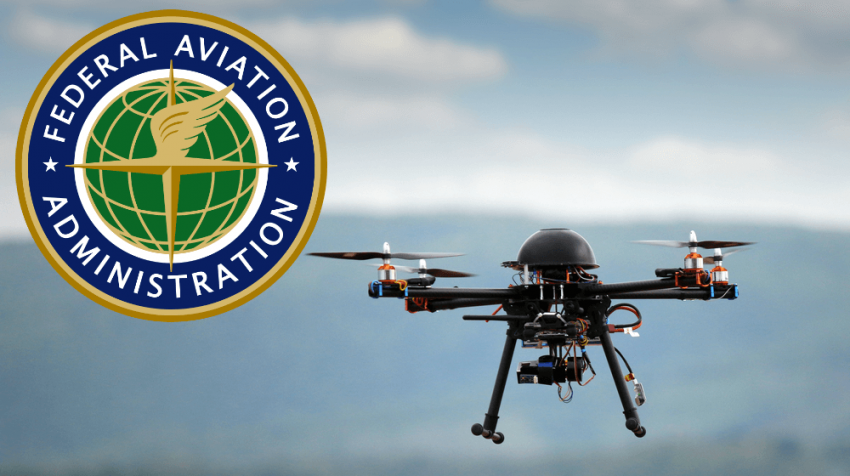

Drone piloting is exhilarating, there’s no doubt about it. Whether you crave the heart-pumping thrill of FPV drone racing, yearn to capture the most epic aerial shot, utilize drones for work, or just enjoy toying around in the sky, the sense of flying is unmatched. Whatever you call it— drone, UAV (Unmanned Aerial Vehicle), UAS (unmanned aerial system), quadcopter, helicopter, multi-rotor, and so on—if it flies in the air with remote control, it falls under FAA (Federal Aviation Administration) purview.
As exciting as it is to take control of a UAS and explore another dimension of remote control, it isn’t all fun and games. The nature of sending a hunk of plastic and metal up into the air means there is an inherent danger that comes with it, and the importance of proper safety precautions cannot be overstated. To help pilots become better acquainted with the FAA drone regulations for proper flight, we compiled a brief rundown of the rules to keep everyone safe and make sure pilots stay on the right side of the law.
Pilot and aircraft classification
Each classification of aircraft use carries with it specific FAA regulations and details for operation and compliance. There are several different classifications, however the most popular are recreational and commercial.
Recreational drone flight
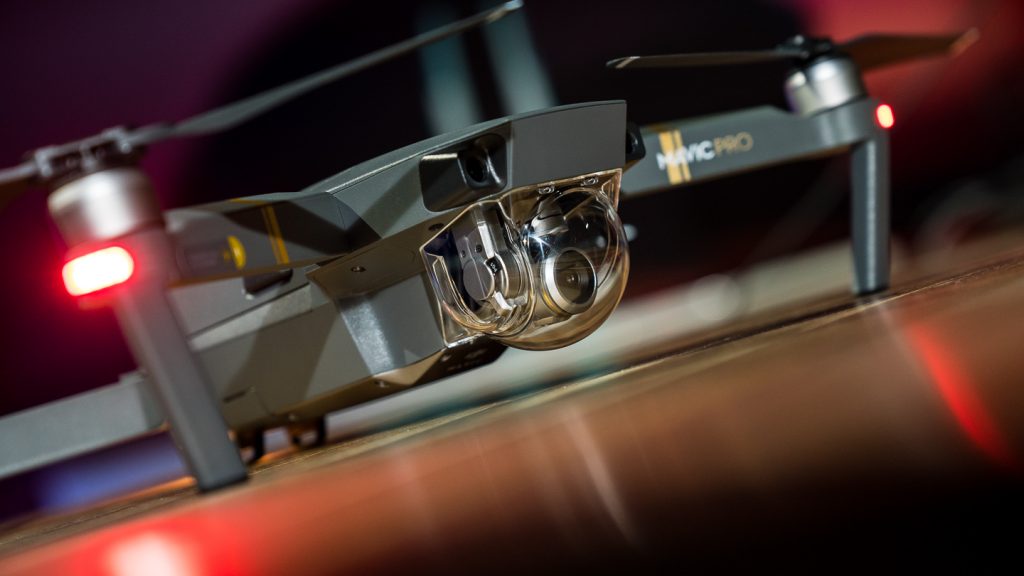
Recreational flight is classification for the vast majority of pilots and aircraft, whether for casual cruising, competitive racing, or capturing personal content. Regulations include:
- Must not fly higher than 400ft above ground level
- Keep the aircraft in eyesight at all times
- Must not fly over unprotected people or moving vehicles
- Stay 25ft away from individuals or vulnerable property
- Must not photograph or conduct surveillance on individuals who have an expectation of privacy without their permission
- Must not fly in adverse weather conditions that could affect visibility (wind, fog, etc.)
- No drugs or alcohol can be involved
Business and commercial drone flight
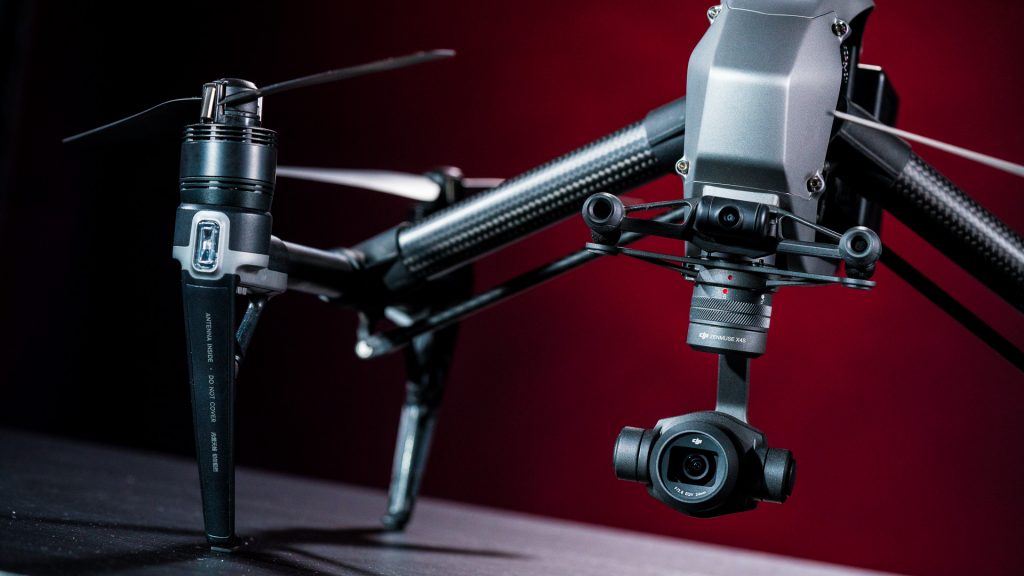
Most scenarios offer a pretty clear distinction of the difference between commercial and recreation use, however per FAA drone regulations selling photos or videos taken by a UAS is considered commercial use. This would include wedding videographers, professional photographers, and creative professionals.
Other, more standard commercial uses include using the UAS for contract inspection, security, mapping or monitoring purposes. Regulations include:
- Must be 16 years of age or older
- Must hold a remote pilot airman certificate with a small UAS rating or have the direct supervision of someone who does
- Must pass the Transportation Security Administration (TSA) vetting
- Must fly under 400ft above ground level, or if above this altitude remain 400ft away from structures
- Must keep the aircraft in eyesight at all times, or have a spotter
- Must fly at or below 100mph
- Yield right of way to manned aircraft
- The aircraft must be registered if over 55lbs
- Must fly between 30 minutes before official sunrise to 30 minutes after official sunset, with appropriate anti-collision lighting onboard
- Must not fly over people, or from a moving vehicle unless in a rural area. There are specific areas and airspace classifications where the aircraft can fly pending Air Traffic Control permission, while others do not require permission
Drone no-fly zones
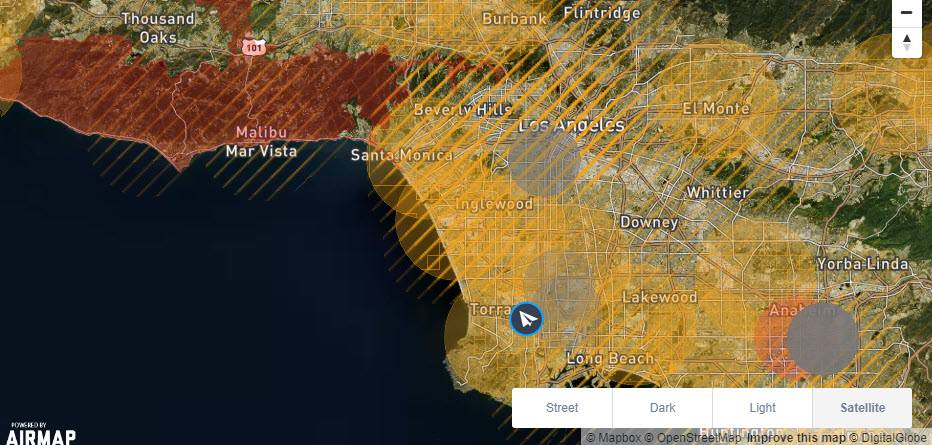
While you should always be aware of your surroundings as a pilot, the pre-cautions start even before you fire up your aircraft. No-fly zones are put in place to ensure that pilots are well aware of potentially dangerous or protected areas that could land them in trouble or cause injury and damage.
For the most part this is up to the pilot to be aware of, however DJI has incorporated some of these no-fly zones into their flight app, which oftentimes makes it difficult or impossible to even lift off if you’re in a restricted area.
These drone no-fly zones can get tricky, because while most people are aware of the airports nearby, some of the restricted areas are a bit harder to nail down with just common knowledge. For additional resources from the Know Before You Fly organization, check their website and a detailed map showing the no-fly zones.
Airports and heliports
The general rule of thumb is to avoid flight within a five-mile radius around airports or heliports, however there are some exceptions. You can contact the airport operator or air traffic control tower to request access by referencing the map linked above and clicking into the zone in question. This is not something that should be taken lightly though, since playing fast and loose with aviation laws will land you in a world of trouble.
Note that heliports are often defined as flat open fields or other areas for emergency landings that would not necessarily prohibit you from flying there. This is best to take with a grain of salt, and do some due diligence to figure out whether or not an active heliport is presenting an issue.
Temporary flight restrictions/wildfires
Temporary Flight Restrictions (TFRs) are put in place by the FAA generally to deal with special activities, such as an airshow, when the President visits the area, sporting events, parades and so forth.
This classification also includes ongoing wildfires, however only those that are sourced from the Department of Interior. That means not all fires will be included on the map, however it is illegal to interfere with firefighting so all fires should be avoided. Getting in the way of firefighting efforts isn’t something newly put in place by FAA drone regulations, this goes to the broader (and more widely known by law enforcement) law of the land.
Prohibited or restricted airspace
This is the big no-no zone, which includes the White House and other highly sensitive areas. If you see this demarcation on the map, steer clear altogether because chances are you will land yourself in deep trouble trying to go rogue.
National Parks
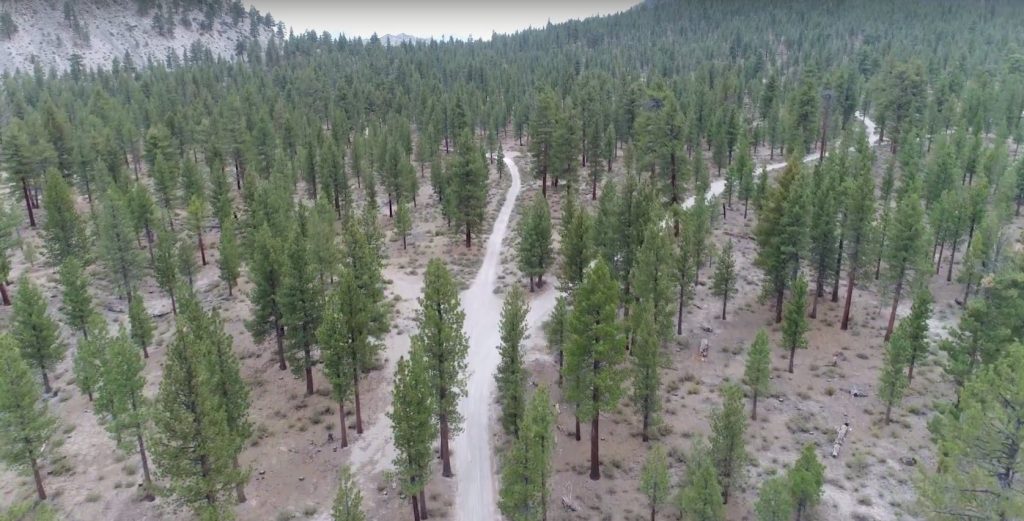
This one is of course a bummer, because our National Parks have some of the greatest beauty this country has to offer and offer prime photographic material. The regulations are pretty clear though: “Launching, landing, or operating unmanned aerial aircraft is prohibited on lands and waters administrated by the National Parks service in these areas.”
If you are really intent on finding out the specifics for your park in question, consult the drone ban details on the National Parks Website for each park.
Things you should NEVER do with a drone
NEVER fly under the influence of alcohol or drugs
This should be a no-brainer, really just use common sense. If you are going to party, do it after you fly. Drone batteries (and fuel for gas-powered operations) really don’t last that long, so you can get your flying done first, then get to the extracurricular activities.
NEVER fly indoors
The exception to the rule is if you have a drone that is specifically designed for such activity. Regardless of what drone manufacturers say you CAN do with indoor flight sans-GPS, unless you have a drone that is too small to really cause any injury like the Micro Drone 3.0, or one made of a Styrofoam material with detachable prop modules like the Airblock, just don’t do it.
I have seen the after-effects from a friend attempting to fly a DJI Phantom 3 in his home, and it isn’t pretty. Save yourself some injury and property damage, and just go outdoors.
NEVER fly near an airport, heliport, power lines, stadium, fireworks show, or a fire
These should be pretty obvious, and this is not an exclusive list, but you get the idea. Even though I’m sure we have all seen some epic footage of a drone flying through a fireworks show, it isn’t worth the risk to your expensive aircraft or the potential safety and legal trouble that can be caused by flight in these areas.
The exception to power lines is of course if you are working for a business that offers services for power line inspection, but that carries a whole different skillset and regulations.
NEVER fly near The White House
This should be an idiot-proof answer on a game show, but apparently not everyone has common sense. This goes for any military bases, Area-51, Camp David, the Bermuda Triangle. If you fly near any of these places, you’re going to have a bad time.
Recent changes to FAA drone regulations
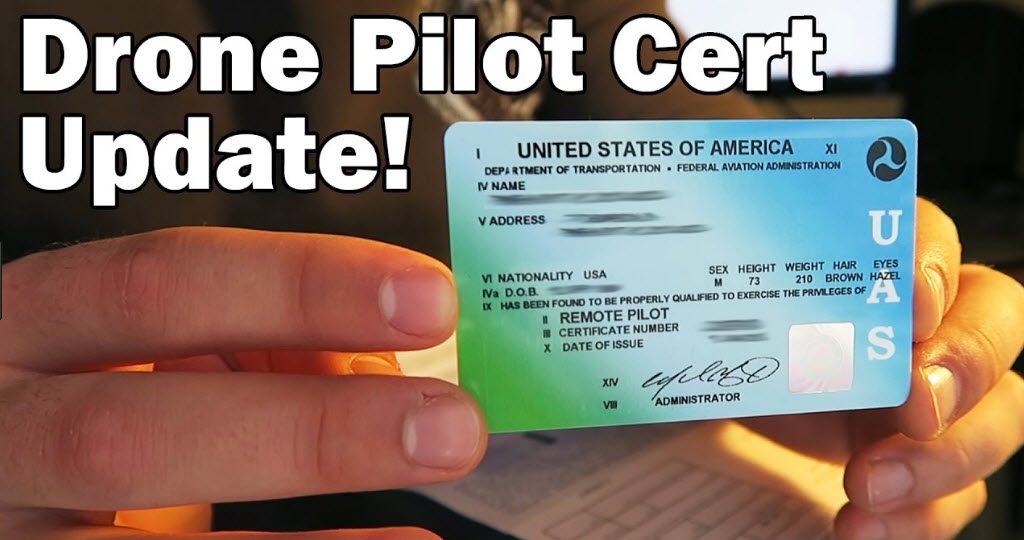
As of late May 2017, a Washington DC court struck down the FAA regulation requiring pilots to register their aircraft if it is between .55 pounds and 55 pounds. This negates the need for new pilots to join the 820,000 operators who have registered with the FAA since the regulation was put in place in December 2015, and also bypasses the $5 fee for it.
All in all when it comes to launching your aircraft just think about what you are doing. Plan ahead, consult the resources available to you, and be cautious. At the end of the day, you are putting an object in the sky that has the potential to come crashing down to earth or slam into something, so exercise extreme caution. Everyone wants to have a good time, create memories, and not end up in jail or on a YouTube drone fails compilation. Be smart, and you will have a great time taking to the skies.

